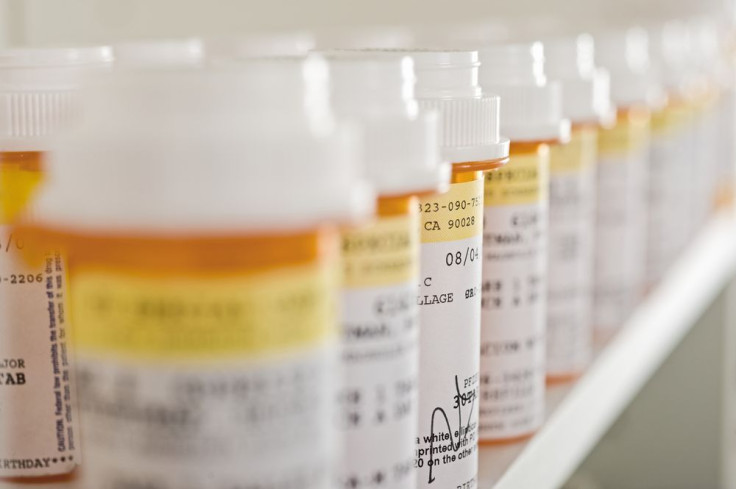Antibiotic Resistance Can Only Be Solved By Knowing What Causes It: 41% Of Americans Don't Know What Antibiotics Do

I seldom fell ill as a child, and any minor bug I did pick up was quickly treated by a quick visit to the doctor’s office. Unfortunately, what myself, my parents, and even my doctors did not realize was that treating my cold with an orange pill bottle not only did nothing for my illness, but actually would go on to create the antibiotic resistance we’re currently experiencing. We weren’t alone in our ignorance; a recent poll from YouGov revealed that 41 percent of Americans believe that antibiotics can effectively treat viral infections.
For the record, antibiotics cannot effectively treat a viral infection. They can only treat bacterial infections. But don’t worry, America. You are by far not the only ones who didn’t realize the difference. Half of all antibiotics prescribed in Australia were found to be taken incorrectly, and 41 percent of British adults admitted to thinking that antibiotics could treat a virus.
In order to understand the difference, let’s have a quick review of antibiotics and how they work.
Antibiotics vs. Antivirals (In A Nutshell)
The very first antibiotic was penicillin, so anyone who’s found relief from any penicillin-related drugs, such as ampicillin and amoxicillin, owes thanks to Dr. Alexander Fleming. Fleming was a Scottish biologist who noted that bacteria he had been growing in petri dishes had been killed off by mold. What Fleming later realized was that this was no ordinary mold but rather penicillium notatum.
Penicillin and other related antibiotics known as bactericidal antibiotics work by interfering with either the formation of the bacterium’s cell wall or the cell contents, thus destroying the infection. Bacteriostatic antibiotics work by stopping the bacteria from multiplying, Medical News Today reported.
Viruses are built entirely different from bacteria, having no cell wall and are neither living nor non-living. Unfortunately, while we can treat the symptoms caused by a viral infection, in the end we can never cure it. Viruses are for life. Antivirals work by preventing the virus from reproducing, therefore reducing the symptoms and shortening the amount of time you’re sick. They can make you feel better, but they can’t get rid of the virus already existing in your body.
Our best defense against viral infections is preventing them from ever occurring. This is where vaccines come in. By working off a similar idea that “lightning doesn’t strike twice,” vaccines infect an individual with a very low dose of a virus to protect from future more serious infections. This is also the reason why you can only get things like mononucleosis and chickenpox twice — you never actually got rid of the initial infection.
What Happens When We Abuse Antibiotics
If you’ve ever a) not finished an antibiotic course b) taken an antibiotic for a virus or c) used a “leftover” antibiotic without a doctor’s advice, then you, my friend, are an antibiotic abuser. Sadly, this could be said for nearly everyone who’s ever used these drugs at some point in their lifetime. And even if you’re not a conscious antibiotic abuser, you’ve most likely unknowingly taken part by eating industrial farm meat, which iflscience reports is literally packed with the drug.
By not finishing a course of antibiotics or taking it unnecessarily, you give bacteria the chance to evolve better protection against human defenses. Although this evolution occurs naturally, human abuse of drugs has sped it up. The result is antibiotic resistance. According to the Centers for Disease Control and Prevention, antibiotic resistance has been called one of the world's most pressing public health problems. This problem is serious, and it’s believed that every type of bacteria has become stronger and less responsive to antibiotic treatment. In the U.S. alone, it's estimated that two million people become infected by bacteria that are resistant to antibiotics, and of these individuals, at least 23,000 will die. By 2050, this number may reach 10 million deaths a year if changes aren’t made.



























